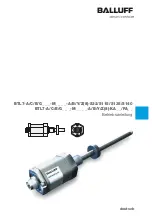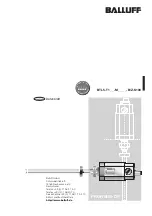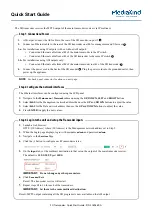
GEAFOL- / CARECO-Cast-resin Transformer/ Operating Instructions
© 2021 Siemens Energy
Page 15
If the transformer is installed indoors in a room where con-
densation is expected, or where corrosive gases are pre-
sent, and if the transformer will be connected to copper
busbars, an aluminum sheet that is copper plated on one
side (the product known by the trade name “Cupal”, for ex-
ample), must be inserted between Cu-Al contact points.
The aluminum side is in contact with the aluminum
terminal. All edges of this sheet must protrude several
millimeters to ensure that any corrosion occurring in the
transition area remains outside the contact zone. Corrosion
can be avoided for the most part by applying a protective
coating to the cut edges of this Cupal sheet.
Tin-plated terminals can be combined with bare aluminum,
copper or silver-plated surfaces.
6.5
Fastenings
Corrosion-proof parts must be used for bolted connections.
Bolts in strength class 8.8 or 10.9 should be used. In order
to transmit the bolting force to the largest possible contact
surface, stiffened washers should be inserted under the
bolt head and the nut. Spring elements are also necessary
to resiliently accommodate heat-generated tension, to
compensate for plastic deformation and maintain the re-
quired minimum contact pressure at all times.
Both conditions can be met by conical spring washers per
DIN 6796, which are used in particular for conductor bar
threaded fastenings.
6.6
Contact pressure
The bolts should be tightened with a torque wrench. This
ensures that the bolt connections are made with adequate
contact pressure.
To compensate for any settling in the joints, it’s advisable
to retighten the bolts after a few hours. However, the
torque then applied should not be greater than the torque
applied in the initial installation.
For tightening the non-greased (dry) screw connections,
we recommend using the tightening torques given in table
6-
Bolt
Torque [Nm] dry
M 6
10
M 8
20
M 10
45
M 12
75
M 16
140
Fig. 6-3: Transformer connection with cable lug
Fig. 6-4: Low voltage connection with expansion strap
Table 6-2: Tightening torque values for the phase connections
and tappings











































